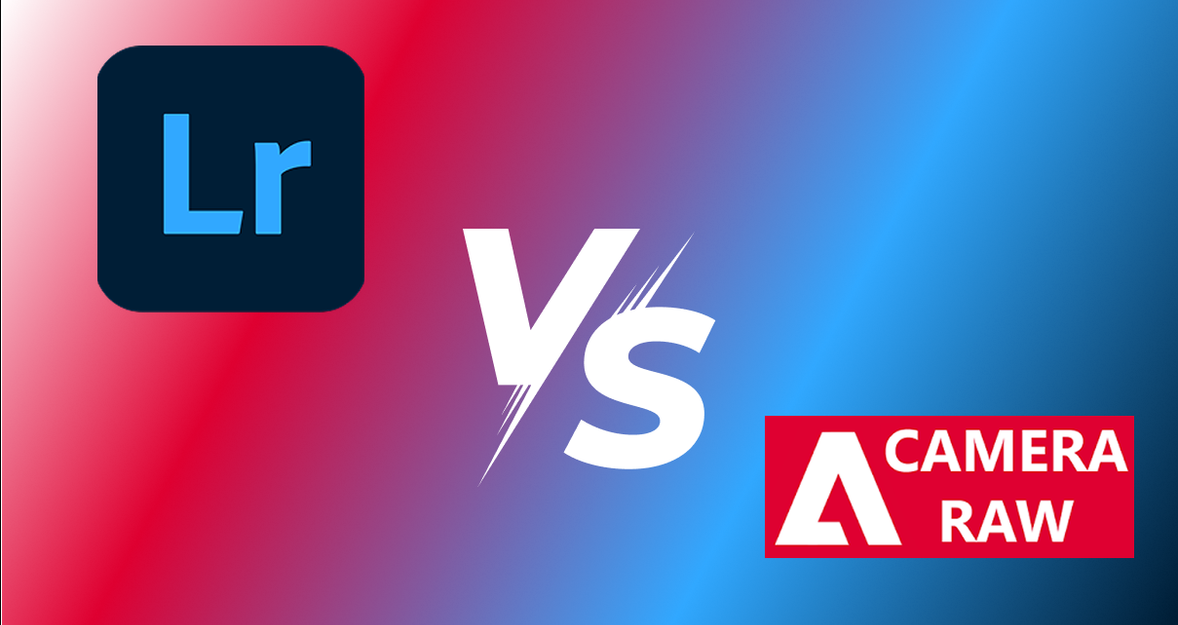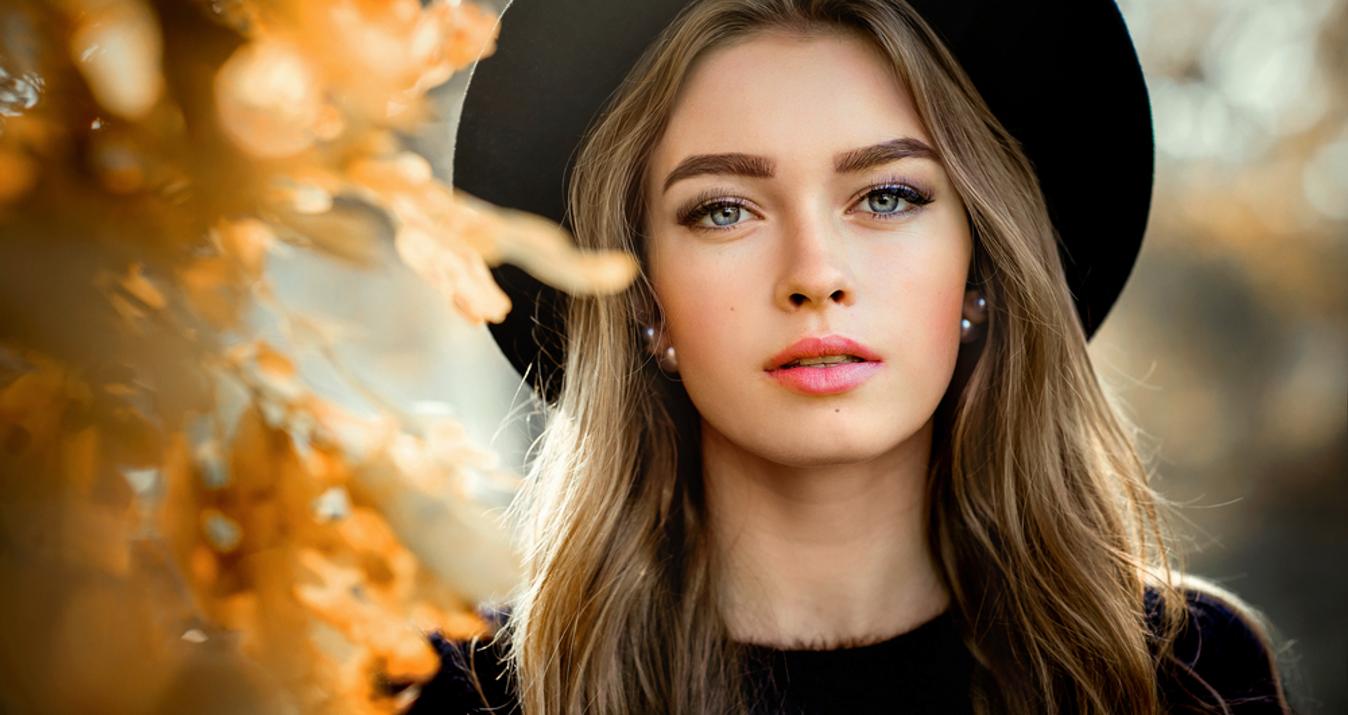Lightroom Vs Camera Raw: Raw Power Or Streamlined Workflow?
June 11, 2025

In the world of photo editing, it’s often Lightroom vs Camera Raw—but which one offers the best workflow for you?
When it comes to editing RAW photos, two Adobe powerhouses often come up: Lightroom and Camera Raw. Both tools help photographers turn flat, unprocessed images into vivid, polished results. But how do you decide which one fits your style best?
This article breaks down the strengths and weaknesses of both programs, showing where each one shines—and where it might fall short. If you’ve ever wondered whether to dive into Adobe Camera Raw or stick with Lightroom’s familiar flow, we’re here to help you make that decision. Let’s get started.
What Are Lightroom and Camera Raw?
Before diving into the details, it’s good to understand what these tools actually are.
Lightroom is a photo editing and organizing program. It includes features for cataloging, rating, tagging, and editing photos all in one space. It’s part of the Adobe Creative Cloud and works on both desktop and mobile.
Your AI-Powered Photo Editor for MacOS and Windows
Discover Now!Camera Raw, on the other hand, is a plugin used within Photoshop and Bridge. It’s not a standalone app. It opens uncompressed files and allows you to process and adjust them before sending them into Photoshop for further edits.
These tools offer many of the same sliders and adjustments, but they differ greatly in layout, workflow, and usability.
Key Differences: Adobe Camera Raw vs Lightroom
Understanding the main differences can help you decide which is better for your work style.
Feature | Lightroom | Adobe Camera Raw |
File Management | Built-in catalog system | No catalog |
Interface | User-friendly, clean | More technical, less visual |
Workflow Integration | Best for bulk editing & export | Best for single-image edits |
Photoshop Integration | Optional | Built-in |
Presets and Profiles | Easy access, synced across files | Available, but less fluid |
Learning Curve | Easier for beginners | More suited to experienced users |
Workflow Speed: Which One Saves You Time?
 If you’re a wedding photographer dealing with hundreds of images, Lightroom is the better choice. Its cataloging system helps you stay organized. You can quickly rate, tag, and filter your photos, and batch editing is a breeze. Presets can be applied to hundreds of photos with just a click.
If you’re a wedding photographer dealing with hundreds of images, Lightroom is the better choice. Its cataloging system helps you stay organized. You can quickly rate, tag, and filter your photos, and batch editing is a breeze. Presets can be applied to hundreds of photos with just a click.
Camera Raw, meanwhile, doesn’t manage your files. It opens each photo directly from your folders. That can be great for quick edits or one-off projects, but gets clunky for bigger batches. You’ll have to rely on Bridge to view and sort your images. So if you value speed and structure, Lightroom gives you the streamlined workflow you need.
Editing Power: Are They the Same?
 When it comes to editing tools, Lightroom and Camera Raw are almost identical. Both have exposure sliders, tone curves, HSL panels, noise reduction, and more.
When it comes to editing tools, Lightroom and Camera Raw are almost identical. Both have exposure sliders, tone curves, HSL panels, noise reduction, and more.
Yet, Camera Raw receives updates faster than Lightroom. It often gets the newest tools before Lightroom does. For example, the latest AI masking or lens correction features may first appear in Camera Raw.
Still, most casual users won’t notice these differences unless they’re really pushing the software. For most edits, both tools will perform equally well.
Ease of Use: Lightroom Is Friendlier
 Lightroom’s interface is smooth and visually clean. The left-hand panel holds your folders and collections. On the right, you’ll find all the sliders, tools, and history.
Lightroom’s interface is smooth and visually clean. The left-hand panel holds your folders and collections. On the right, you’ll find all the sliders, tools, and history.
Camera Raw looks more technical. It opens in a pop-up window, and while the tools are similar, the layout feels less guided. It’s designed for people who are already comfortable inside Photoshop.
If you’re just starting out with RAW editing, Lightroom will feel more like home. It holds your hand a little more, which can be comforting when you’re learning.
When to Use Lightroom Over Camera Raw
 There are many situations where Lightroom clearly wins:
There are many situations where Lightroom clearly wins:
You’re managing hundreds or thousands of photos.
You want to organize your photos with tags and collections.
You need to edit on mobile or sync between devices.
You want to batch edit quickly and export multiple sizes.
Lightroom also offers plugins and third-party preset support, which makes it a favorite for travel and portrait photographers. It’s the tool you want if you like visual structure and speed.
For those looking beyond Adobe, Luminar Neo offers an interesting alternative. It provides advanced editing options with a more visual interface—and works as a standalone program or Photoshop plugin.
When to Use Camera Raw Instead
 It works better in these scenarios:
It works better in these scenarios:
You only edit one or a few photos at a time.
You’re already deep into Photoshop.
You don’t need a file management system.
You prefer a lean setup without catalogs.
It’s ideal for high-end retouchers who move between Photoshop and RAW editing fluidly. If your workflow is based on Photoshop, using Camera Raw makes more sense than bouncing to Lightroom.
For those who want extreme control over dynamic range, especially in bracketed shots, an HDR software tool might be worth looking into. It goes beyond basic sliders and offers next-level tone mapping.
Pros and Cons of Each Tool
Here’s a simple breakdown to help you decide:
Lightroom | Camera Raw |
+ Cataloging and organization + Batch processing + Mobile and desktop sync + Beginner-friendly | + Seamless with Photoshop + Lightweight, no catalogs + Fast updates |
– Slower for single photo edits – Uses more storage due to catalogs | – Lacks file management – Less beginner-friendly |
Now that you’ve seen the pros and cons of each tool, let’s dive deeper into how they fit different workflows and creative needs.
Real User Scenarios: Which One Fits You?
 Let’s say you’re a landscape photographer taking 500 photos during a trip. Lightroom will help you import, sort, tag, and edit all your shots quickly.
Let’s say you’re a landscape photographer taking 500 photos during a trip. Lightroom will help you import, sort, tag, and edit all your shots quickly.
On the other hand, if you’re a graphic designer who occasionally edits a photo for a composite, Camera Raw might be your go-to. It’s lighter and gives you fast access to adjustments without managing a large library.
Exclusive Tools of Endless Possibilities in One AI Editor
Explore Now!For those working with unprocessed files but looking for a smarter approach, a dedicated AI RAW photo editor can automate some editing process while still keeping your creative control.
Creative Control: Who Offers More Freedom?
 When it comes to creative control, both Lightroom and Camera Raw offer powerful tools, but in different ways.
When it comes to creative control, both Lightroom and Camera Raw offer powerful tools, but in different ways.
Lightroom provides a smooth visual interface that makes it easy to adjust exposure, color, and tone. Yet, it can sometimes feel a bit restrictive when you want to dive deeper into manual control.
Camera Raw, on the other hand, offers a more hands-on and detailed approach. It gives you a wider range of fine-tuning options, like curve adjustments and more granular control over each setting.
If you want full flexibility and precision, Camera Raw allows you to tweak every aspect of your image easily.
Alternatives to Lightroom and Camera Raw
If you’re not tied to Adobe, there are plenty of other great options out there.
Some people don’t want to deal with subscriptions or complex software. In that case, you might want to check out the best free Lightroom alternative. These tools often provide enough editing power for everyday photographers, with fewer technical barriers.
Also, for those who prefer working on Windows and don’t want to install bulky apps, consider using the best free photo editing app for PC. Many of these apps offer advanced tools and support, and are surprisingly powerful for no cost.
Final Thoughts
 So, who wins in the battle of Adobe Camera Raw vs Lightroom?
So, who wins in the battle of Adobe Camera Raw vs Lightroom?
It just depends on your workflow. Lightroom is great for those who work on a large number of images and desire an intuitive, streamlined process. Camera Raw is great for those working on fewer images and wish to be able to edit images in Photoshop.
Here’s a quick takeaway:
Pick Lightroom if you love organization, batch editing, and visual workflows.
Pick Camera Raw if you already live in Photoshop and don’t need a catalog.
Both tools are powerful. What matters most is how they fit into your creative process.





